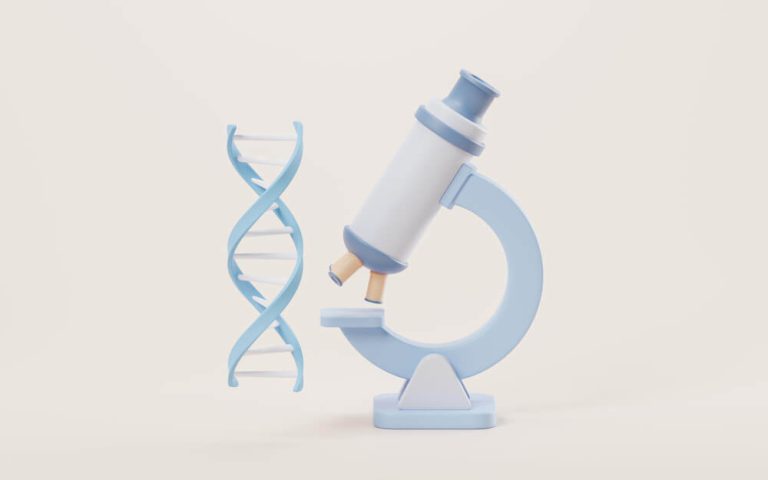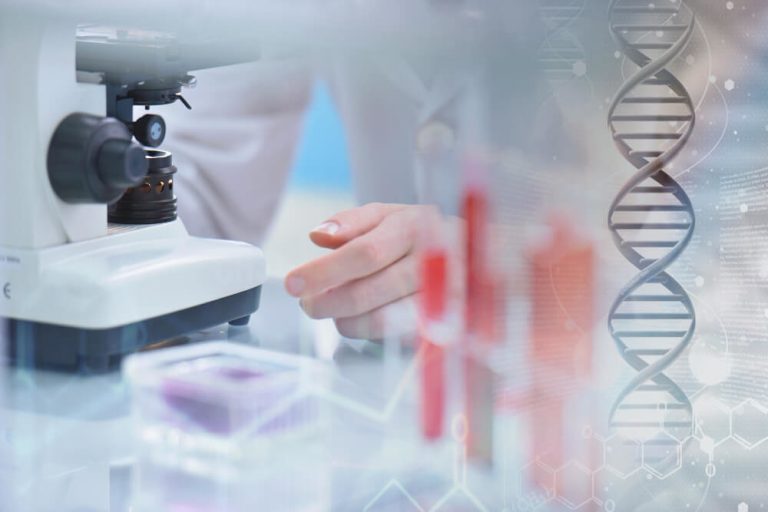Inside the Modern Biohacking Clinic: Your Guide to Human Optimization
Have you ever wished you could upgrade your own biology? The idea might sound like science fiction, but it is rapidly becoming a reality through a movement known as biohacking. At its core, biohacking is the art and science of changing the environment around you and inside you so you have more control over your own biology. It is a proactive approach to wellness, aiming for optimization rather than just the absence of disease.
This pursuit of peak performance has given rise to a new kind of wellness center. These facilities combine cutting-edge technology with personalized health strategies, creating a space where anyone can access tools to enhance their physical and cognitive abilities. The modern biohacking clinic serves as a hub for these advancements, offering everything from cellular repair therapies to detailed biological data analysis.
These clinics are not just for elite athletes or Silicon Valley billionaires anymore. They are becoming increasingly accessible to anyone curious about extending their healthspan, sharpening their mind, or simply feeling their best every single day. They represent a fundamental shift in how we view health, moving from a reactive model of treating symptoms to a preventative model of building a more resilient and optimized human system.

What Exactly is Biohacking?
To truly understand the purpose of a biohacking clinic, we must first grasp the philosophy behind biohacking itself. Think of it as a form of self-directed human augmentation. It involves making systematic changes to your lifestyle, diet, and environment to improve your health, performance, and overall well-being. The ‘hacking’ part refers to finding clever shortcuts or strategies to achieve these biological upgrades more efficiently.
Biohacking exists on a wide spectrum. On one end, you have simple, do-it-yourself practices like tracking your sleep, practicing intermittent fasting, or taking specific supplements to boost brain function. These accessible methods empower individuals to become active participants in their own health journey, turning their bodies into personal laboratories for self-improvement.
On the other end of the spectrum lies the high-tech, data-driven world of professional biohacking. This is where clinics come into play. They use sophisticated diagnostics and advanced therapeutic devices to provide a level of personalization and precision that is difficult to achieve on your own. It is the difference between changing the oil in your car and having a team of Formula 1 engineers fine-tune its engine for maximum performance.

Why Are Biohacking Clinics Gaining Popularity?
The rise of the biohacking clinic is a direct response to several cultural and technological shifts. One of the biggest drivers is a growing dissatisfaction with the conventional healthcare model. Many people feel that traditional medicine is excellent at treating acute illness and injury but often falls short in promoting optimal wellness and preventing chronic disease.
This has created a demand for a more proactive and personalized approach. People no longer want to wait until something is broken to fix it. They want to build a stronger, more resilient body and mind that can better withstand the stressors of modern life. Biohacking clinics fill this void by providing the tools and expertise to focus on health optimization and longevity.
Furthermore, the relentless pace of modern life has pushed many to seek a competitive edge, both personally and professionally. Executives want sustained mental clarity, athletes want faster recovery, and busy parents want more energy. The promise of enhanced cognitive function, reduced stress, and improved physical stamina is a powerful motivator.
Finally, technology that was once confined to research labs or elite sports facilities is now more affordable and accessible than ever. This democratization of high-tech wellness allows clinics to offer a suite of powerful services to the general public, fueling the movement’s rapid growth and mainstream appeal.

What Services Can You Expect at a Biohacking Clinic?
A visit to a biohacking clinic is like stepping into the future of personal health. These centers are packed with advanced equipment designed to measure, monitor, and improve your biological functions. While offerings vary between locations, most clinics provide a core set of services that fall into a few key categories.
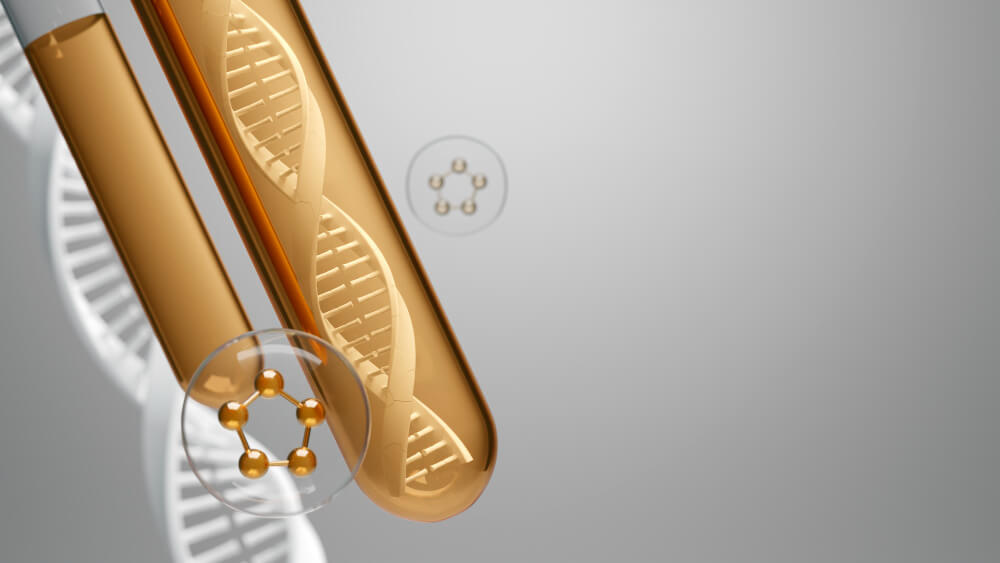
How Do Diagnostic and Assessment Tools Work?
Everything in a biohacking clinic begins with data. Before any therapies are recommended, a thorough assessment is conducted to create a detailed snapshot of your current biological state. This is the foundation of a truly personalized optimization plan.
This process often starts with advanced blood panels that go far beyond a standard check-up. They may measure a wide array of biomarkers related to inflammation, metabolic health, hormone levels, and nutrient deficiencies. Some clinics also offer genetic testing to reveal predispositions and guide nutritional or lifestyle interventions.
Other common diagnostic tools include microbiome analysis to assess gut health and body composition scans like DEXA, which provide precise measurements of bone density, fat mass, and muscle mass. All this information is synthesized to identify your unique strengths, weaknesses, and opportunities for improvement.

What Are Common Cellular and Recovery Therapies?
Once your baseline is established, the clinic will recommend therapies designed to enhance your biology at a cellular level. These treatments are focused on reducing inflammation, speeding up recovery, and boosting your body’s natural healing processes.
Red light therapy, also known as photobiomodulation, is a cornerstone service. It involves exposing your body to specific wavelengths of red and near-infrared light. This light penetrates the skin and is absorbed by your cells’ mitochondria, helping them produce more energy. Leading companies like Joovv have popularized at-home devices, but clinical-grade systems offer more powerful and targeted treatments for skin health, muscle recovery, and joint pain.
Cryotherapy is another popular offering. Whole-body cryotherapy involves standing in a chamber cooled to extremely low temperatures for a few minutes. This intense cold exposure triggers a powerful anti-inflammatory response, releases endorphins, and can improve circulation and metabolism. Localized cryotherapy can also be used to target specific areas of pain or injury.
IV drip therapy delivers vitamins, minerals, antioxidants, and amino acids directly into your bloodstream, bypassing the digestive system for 100 percent absorption. These intravenous infusions can be customized to boost immunity, increase energy levels, enhance hydration, or aid in detoxification. It is a quick and efficient way to replenish your body’s resources.
Hyperbaric Oxygen Therapy, or HBOT, is another powerful modality. It involves breathing pure oxygen inside a pressurized chamber. This increased pressure allows your lungs to gather much more oxygen than would be possible at normal air pressure, flooding your blood and tissues with this life-sustaining element. HBOT is used to accelerate wound healing, reduce inflammation, and support brain health.

What About Performance and Cognitive Enhancement?
Beyond cellular health, many clinics offer services specifically designed to upgrade your physical and mental performance. These technologies target your nervous system, muscles, and brain to help you function at your peak.
Neurofeedback is a form of brain training. It uses sensors to monitor your brainwave activity in real-time and provides you with feedback, typically through audio or visual cues. Over time, you can learn to regulate your own brainwaves, promoting states of calm, focus, or creativity. It is like a workout for your brain.
Another common therapy is PEMF, or Pulsed Electromagnetic Field therapy. This technology uses electromagnetic fields to ‘recharge’ your cells. Users lie on a special mat that emits these pulses, which can help improve circulation, reduce pain, and accelerate recovery at a cellular level. It is a passive therapy that supports the body’s fundamental electrical systems.
For physical recovery, you will often find advanced compression systems. These look like large sleeves that cover your legs, arms, or hips. They use compressed air to massage your limbs, increasing circulation and flushing out metabolic waste like lactic acid. It is a favorite among athletes for reducing muscle soreness after intense training.
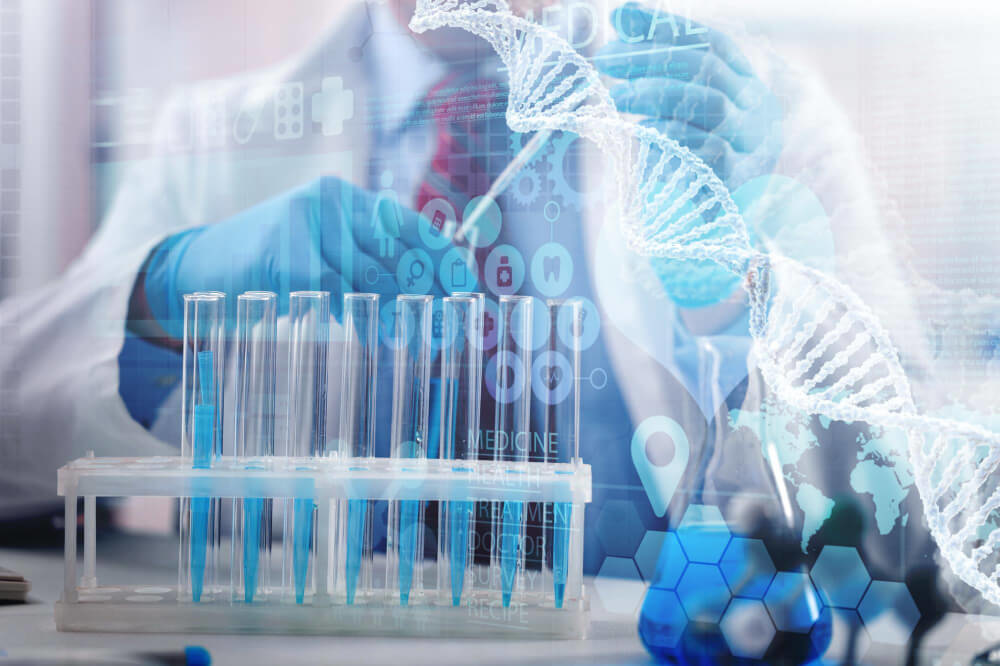
Are There Nutritional and Hormonal Interventions?
No biohacking plan is complete without addressing nutrition and hormones, two of the most powerful levers for influencing your health. Clinics often have nutritionists or health coaches on staff to create highly personalized diet plans based on your diagnostic data.
These plans go beyond generic advice, using your genetic information, blood work, and microbiome analysis to recommend the specific foods, eating patterns, and supplements that will work best for your unique biology. This might include targeted supplementation with nootropics for cognitive enhancement or specific nutrients to correct a deficiency.
Many clinics also specialize in hormone optimization. As we age, our hormone levels naturally decline, which can lead to decreased energy, muscle loss, and cognitive fog. By analyzing the endocrinology of aging, clinicians can develop strategies to restore hormonal balance, often through lifestyle changes, targeted supplements, or bioidentical hormone replacement therapy under medical supervision.

Who is the Typical Client of a Biohacking Clinic?
The clientele of a biohacking clinic is surprisingly diverse. While the image of a tech mogul trying to live forever often comes to mind, the reality is much broader. The core motivation is a desire for self-improvement, which appeals to people from all walks of life.
High-performing professionals and executives are a key demographic. They are drawn to services that promise enhanced mental clarity, sustained focus, and better stress management. In a competitive corporate world, the ability to maintain peak cognitive performance is a significant advantage.
Athletes, both professional and amateur, are another major group. They use biohacking technologies to accelerate recovery, prevent injuries, and gain a competitive edge. Therapies like cryotherapy, compression, and red light therapy are invaluable for pushing physical limits and bouncing back faster.
Individuals dealing with chronic health issues or unexplained symptoms also seek out biohacking clinics. When conventional medicine has not provided answers, the deep diagnostic data and alternative therapies offered can provide new insights and supportive care. They are looking for ways to improve their quality of life and regain a sense of control over their health.
Finally, there is a growing number of people who are simply passionate about healthspan and longevity. They are not necessarily sick or trying to win a competition. They are proactive individuals who want to feel their best for as long as possible and are willing to invest in preventative strategies to ensure a vibrant and active future.
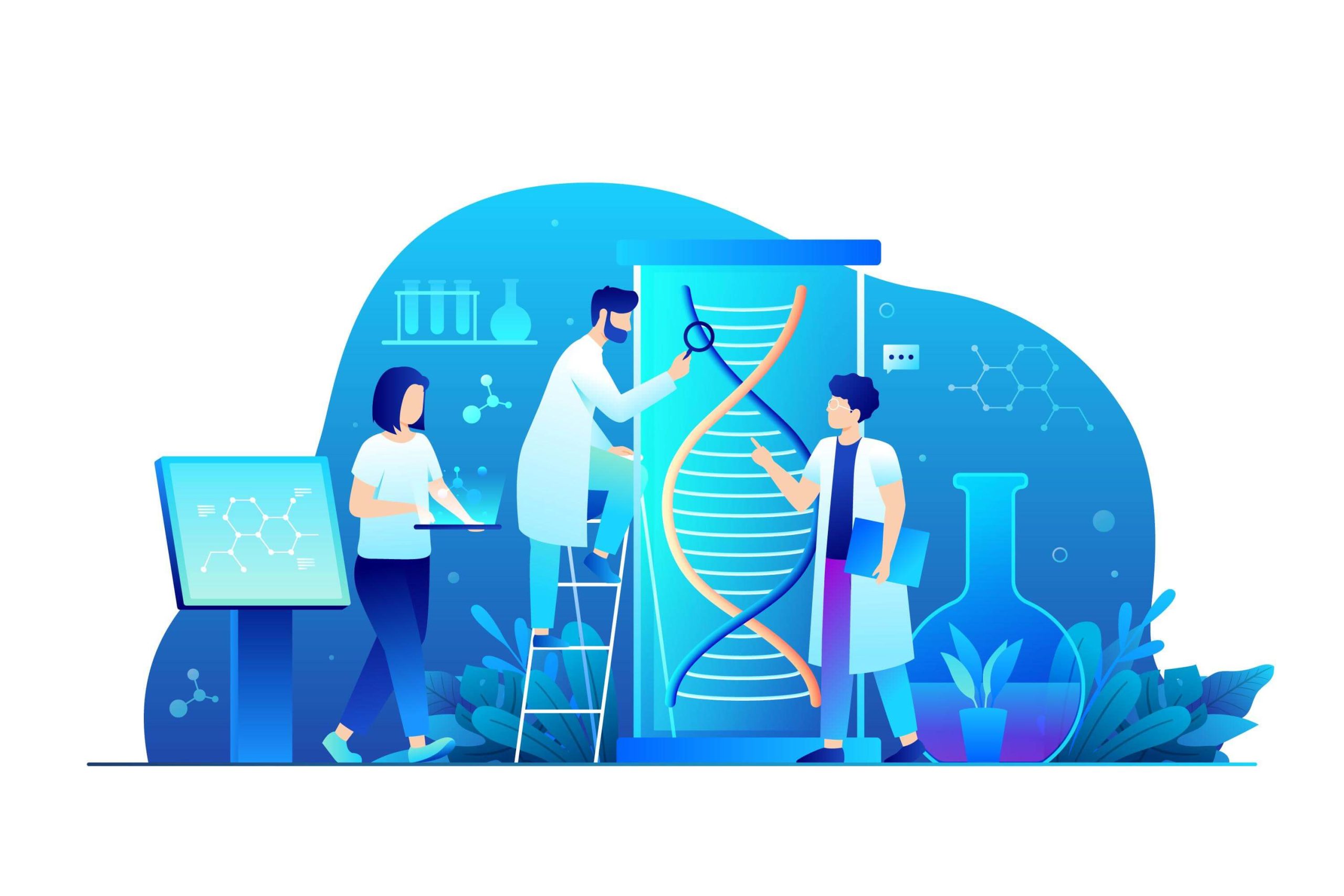
How Does Biohacking Differ from Traditional Medicine?
It is important to understand that biohacking clinics are not meant to replace your primary care physician. Rather, they complement traditional medicine by focusing on a different aspect of health. The core distinction lies in their fundamental goals.
Traditional medicine generally operates on a disease-based model. Its primary function is to diagnose and treat illness and injury. It is reactive by nature, stepping in when something has gone wrong. Its goal is to bring you from a state of sickness back to a baseline of ‘not sick’.
Biohacking, on the other hand, operates on an optimization model. It is proactive, aiming to enhance an already healthy system. Its goal is to take you from a baseline of ‘not sick’ to a state of ‘optimal’. It asks not ‘What is wrong?’ but ‘How can this be better?’.
This distinction also raises important questions about the ethics of human enhancement vs medical treatment. As these technologies become more powerful, the line between healing and upgrading can become blurred. A responsible biohacking clinic operates with a clear understanding of this line, prioritizing safety and informed consent.
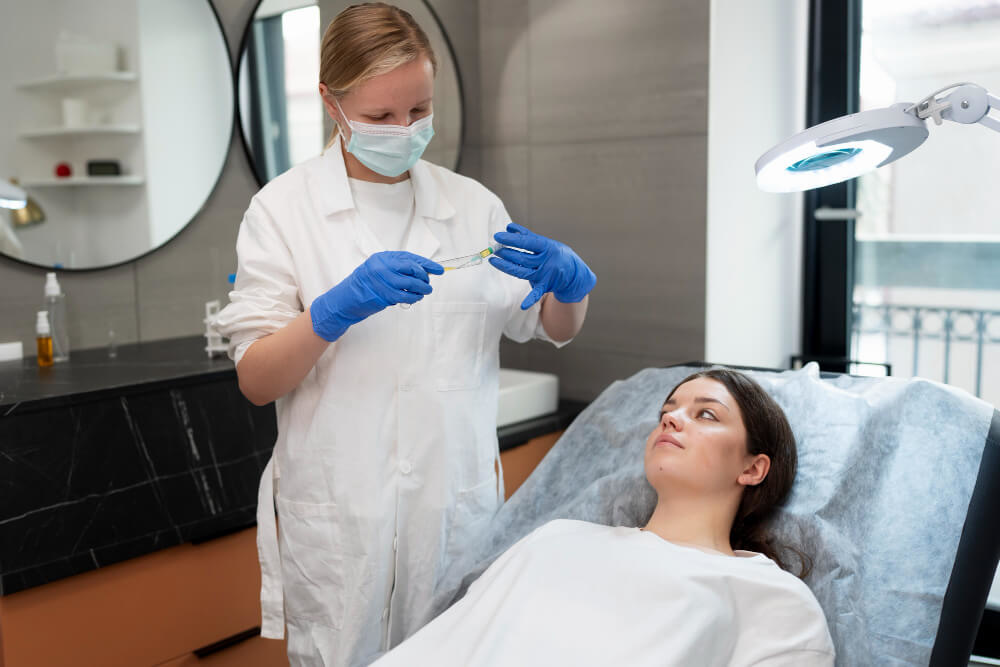
What is the Role of Community and Lifestyle in Biohacking?
Biohacking is more than just a collection of therapies; it is a lifestyle and a community. The movement has been largely popularized by influential figures and brands that have made these concepts accessible to a wider audience. For example, brands like Bulletproof were instrumental in bringing ideas like butter in coffee and the importance of healthy fats into the mainstream consciousness.
This sense of community is powerful. It provides a space for individuals to share knowledge, experiences, and results. This collective spirit of citizen science helps to drive innovation and refine best practices within the field. The movement is filled with pioneers who are constantly experimenting and pushing the boundaries of what is possible.
Some take this to extremes, like the high-profile case of tech entrepreneur Bryan Johnson, who spends millions annually on a rigorous anti-aging protocol. While such cases are outliers, they highlight the ultimate ambition of the movement: to gain radical control over the aging process.
This has led to the development of comprehensive facilities that aim to be a one-stop-shop for human optimization. Pioneering centers like Upgrade Labs were among the first to bring a wide array of biohacking technologies together under one roof, creating a blueprint for the modern clinic and fostering a community around the pursuit of enhanced performance.
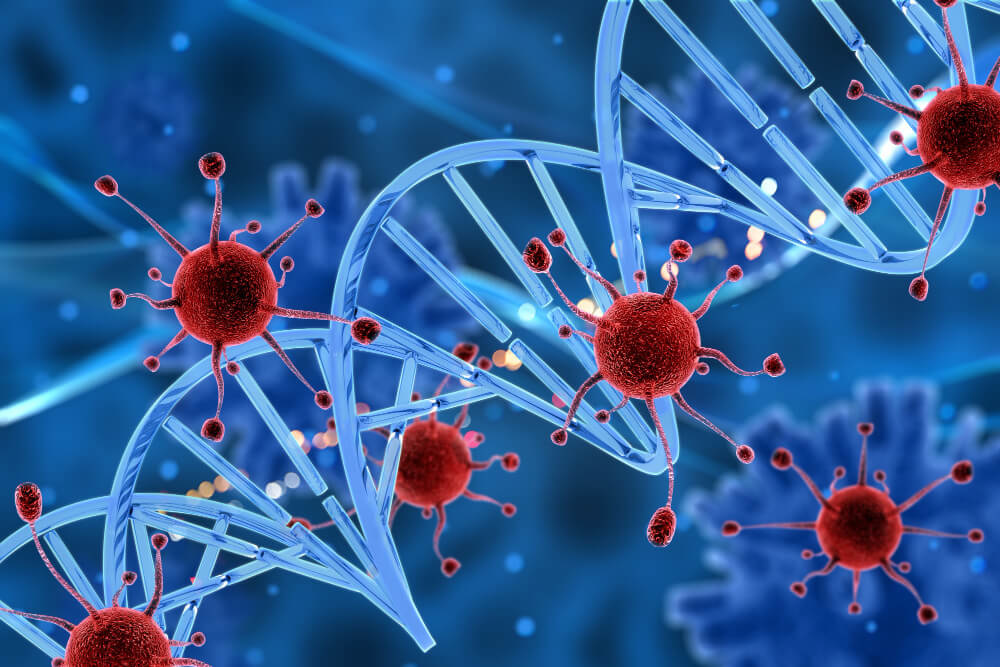
What Should You Consider Before Visiting a Biohacking Clinic?
If you are intrigued by the prospect of upgrading your biology, it is important to approach your first visit with a bit of knowledge and a healthy dose of critical thinking. Not all clinics are created equal, and it is crucial to make an informed decision.

How Do You Choose the Right Clinic?
Your top priority should be safety and expertise. Look for a clinic that is staffed by qualified professionals. This could include medical doctors, registered nurses, licensed nutritionists, and certified technicians. A strong medical advisory board is also a good sign.
Transparency is another key factor. The clinic should be open about what each therapy entails, the scientific evidence supporting it, and any potential risks. They should conduct a thorough intake and assessment before recommending any services. Be wary of any facility that pushes a one-size-fits-all package without first understanding your unique biology and goals.
Finally, visit the facility if possible. It should be clean, professional, and equipped with well-maintained, high-quality equipment. A reputable clinic will be proud to show you their space and answer your questions.

What About the Cost of These Services?
It is no secret that biohacking can be a significant financial investment. These advanced technologies and personalized services come at a cost, and they are typically not covered by health insurance. The pricing for biohacking services like cryotherapy, red light therapy, and IV drips can vary widely depending on the therapy, location, and package.
Some clinics offer services a la carte, allowing you to try individual therapies. Others focus on comprehensive membership models that provide ongoing access and personalized coaching. It is important to have a clear understanding of the costs involved and to choose a path that aligns with your budget and your health priorities.
While the upfront cost can seem high, many proponents view it as an investment in their most valuable asset: their long-term health and vitality. The goal is to spend money on proactive wellness now to potentially save on reactive healthcare costs later in life.

Is It Safe and Supported by Science?
The scientific evidence for biohacking therapies exists on a spectrum. Some modalities, like red light therapy and hyperbaric oxygen therapy, have a substantial body of research supporting their use for specific conditions. Others, particularly in the realm of cognitive enhancement, may be more experimental with emerging evidence.
A good clinic will be honest about the state of the science behind each of their offerings. They should be able to explain the mechanisms of action and point to relevant studies. It is always a good idea to do your own research and, most importantly, to discuss any new therapies with your primary healthcare provider.
The guiding principle should always be to make informed and safe choices. Biohacking at its best is about empowering yourself with data and tools, not about taking reckless risks. The journey to an optimized self is a marathon, not a sprint, and a responsible approach will always yield the best long-term results.
Frequently Asked Questions

How do regulators distinguish between a general wellness service and a medical treatment?
Regulators primarily focus on the claims made by the provider to determine the service’s classification. If a biohacking service is marketed for general well-being, such as "improving energy" or "supporting relaxation," it typically stays in the wellness category. However, the service crosses into the medical realm the moment it is advertised with claims to diagnose, treat, mitigate, cure, or prevent a specific disease or health condition.
This distinction is critical because the context and intended use define the regulatory requirements. For example, an IV drip marketed to "boost hydration" is a wellness product, but the same drip advertised to "treat chronic fatigue syndrome" becomes an unapproved medical therapy in the eyes of the FDA. Medical services must be backed by substantial scientific evidence and are subject to strict oversight from agencies and state medical boards to ensure patient safety and efficacy.

What are the primary legal risks for clinics offering biohacks as medical therapies?
The most significant legal risks come from federal agencies like the Food and Drug Administration (FDA) and the Federal Trade Commission (FTC). The FTC can impose severe financial penalties for deceptive advertising and unsubstantiated health claims. Simultaneously, the FDA can issue warning letters or take more serious enforcement action, such as product seizures or injunctions, by classifying the service as an unapproved drug or medical device.
Beyond federal oversight, clinics face serious consequences at the state level from medical boards, which can result in the suspension or revocation of a practitioner’s license. These clinics also open themselves up to significant civil liability, including malpractice lawsuits from patients who were harmed or believe they were misled by unproven therapeutic claims. This multi-layered risk from federal, state, and civil actions makes regulatory compliance essential.
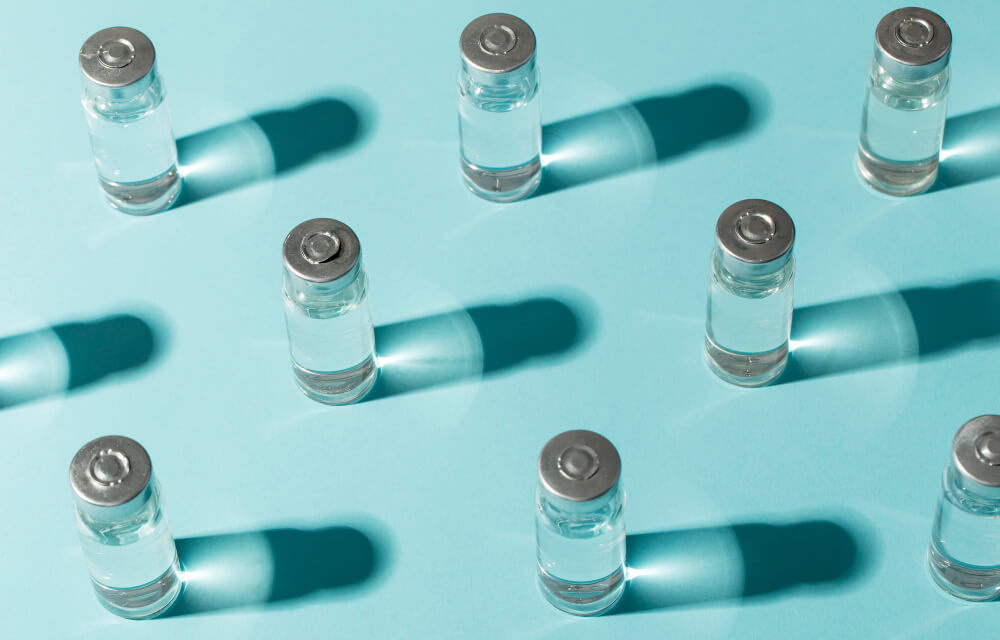
Why is the FDA involved with biohacks like IV therapy if they often use vitamins and not prescription drugs?
The FDA’s authority is determined by a product’s "intended use," which is primarily established through the marketing claims made about it. When vitamins or minerals are administered intravenously with the claim that they can treat a medical condition, the FDA legally considers those substances to be drugs. This is because they are being used for a therapeutic purpose to affect the structure or function of the body, rather than for simple nutritional supplementation.
Because these IV therapies are being marketed as drugs, the FDA requires that they undergo its rigorous approval process to prove they are both safe and effective for the specific conditions they claim to treat. Since most custom IV vitamin cocktails have not completed this extensive clinical testing, promoting them for medical uses is viewed by the FDA as marketing unapproved new drugs. This regulatory stance is meant to protect the public from treatments that lack scientific validation and may carry unknown risks.
Discover the most comprehensive functional medicine training, longevity training, and biohacking certification programs designed specifically for healthcare professionals, medics, and clinic owners who want to master regenerative medicine protocols and anti-aging therapies.


